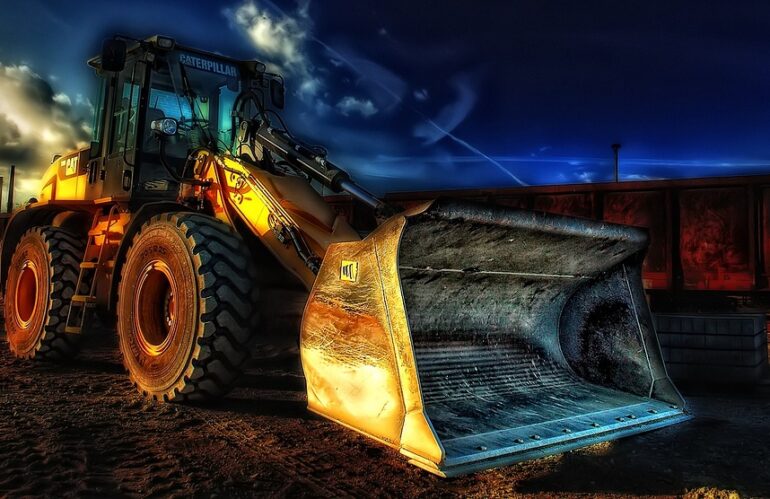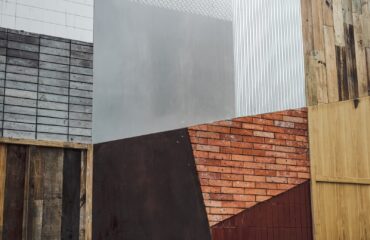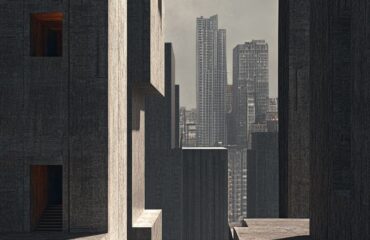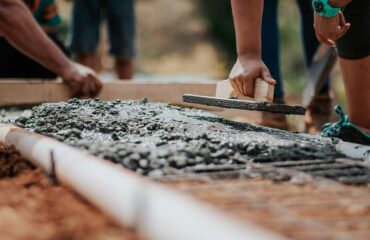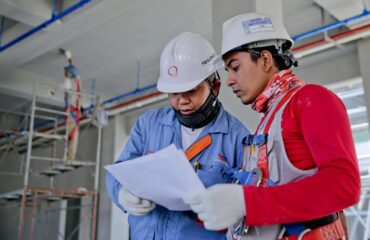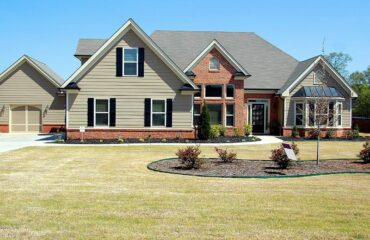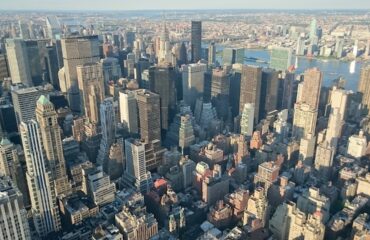3. Pioneering Public Spaces
- Hudson Yards (New York City): One of the most significant private real estate developments in the United States, Hudson Yards has transformed the West Side of Manhattan with its blend of high-rise residential buildings, office towers, shops, restaurants, and public spaces. This project not only revitalizes an underutilized area but also serves as a model for future urban development projects around the country.
4. Innovations in Transportation Infrastructure
- Alaskan Way Viaduct Replacement (Seattle): This project replaces an aging double-deck highway with a safer, more modern infrastructure, including a tunnel beneath downtown Seattle. This massive undertaking not only aims to improve traffic flow but also reconnects the city with its waterfront, proving infrastructure’s role in reshaping urban landscapes.
The Role of Public-Private Partnerships
Collaborative Efforts in Construction:
- Many of America’s most ambitious projects are made possible through public-private partnerships (PPPs), allowing for shared investment risks and benefits. These collaborations are crucial in bringing together the expertise and resources needed to undertake such significant ventures.
Case Study:
- Denver International Airport Expansion: This expansion is a prime example of a public-private partnership facilitating large-scale construction. The project includes new gates and an upgraded terminal, designed to increase the airport’s capacity and enhance passenger experience.
Cultural Impact and Community Engagement
Preserving Cultural Integrity:
- As skyscrapers rise and infrastructures expand, maintaining the cultural and historical integrity of local communities is paramount. Projects are increasingly incorporating design elements that reflect local heritage and values, promoting a sense of identity and continuity.
Community Involvement:
- The High Line (New York City): Originally a disused rail line, now transformed into an elevated linear park, the High Line is an excellent example of how construction projects can revitalize communities and foster a strong sense of community ownership and pride.
Future Trends in Construction
Emerging Trends:
- Modular and Prefabricated Construction: As efficiency becomes ever more critical, the construction industry is turning towards modular and prefabricated methods. These techniques not only speed up construction times but also reduce waste and environmental impact.
- Digital Twin Technology: Leveraging IoT and AI, digital twins create virtual replicas of physical buildings and infrastructure, allowing for real-time monitoring and simulation. This technology is set to revolutionize how construction projects are managed and maintained.
Sustainable Practices in Monumental Constructions
Green Building and Eco-Friendly Initiatives:
- As the construction sector evolves, so does its commitment to sustainability. Large-scale projects now incorporate green roofs, energy-efficient systems, and sustainable materials that minimize environmental impact while enhancing building functionality.
Highlighting Sustainable Projects:
- Salesforce Tower (San Francisco): This tower is not only a marvel in terms of its height and design but also in its environmental consciousness. It features an innovative air filtration system and utilizes recycled water, setting a benchmark for future skyscrapers in terms of sustainability.
Educational and Social Contributions of Construction Projects
Bridging Education with Construction:
- Major construction projects often lead to the development of educational programs aimed at fostering skills in science, technology, engineering, and mathematics (STEM). These initiatives prepare the next generation for future challenges in construction and infrastructure development.
Community Development and Social Spaces:
- The Wharf (Washington D.C.): This sprawling waterfront development has revitalized the Potomac River area, turning it into a bustling community hub with residential areas, businesses, parks, and cultural spaces, thus enhancing community engagement and economic opportunities.
The Architectural Identity of Modern America
Defining the New American Architecture:
- Today’s construction projects are not only defined by their scale but also by their ability to encapsulate cultural expressions and technological advancements. Iconic designs and innovative building techniques are coming together to define the architectural identity of modern America.
Showcase of Architectural Diversity:
- The Shed (New York City): Located in Hudson Yards, The Shed exemplifies modern architectural flexibility with its retractable shell, which allows it to host a range of cultural events from art exhibitions to performances, adapting its structure as needed.
Economic Revitalization Through Construction
Impact on Local Economies:
- The ripple effects of large-scale construction projects extend beyond the building sites. They stimulate local economies through job creation, increased tourism, and the rise of ancillary businesses that contribute to economic revitalization.
Example of Economic Impact:
- Las Vegas Stadium (Allegiant Stadium): Home to the Las Vegas Raiders, this stadium has not only become a landmark of sports and entertainment but also a catalyst for economic growth in the region, promoting an influx of visitors and numerous business opportunities.
Championing Innovation in Construction
Integrating Cutting-Edge Technologies:
- With the advent of 3D printing, AI, and VR in construction, projects are now executed with greater precision and innovation. These technologies not only help in designing and testing structures virtually but also ensure safety and efficiency during the construction phase.
Innovative Use of Technology:
- Apple Park (Cupertino, California): Often referred to as the ‘spaceship’ headquarters of Apple, this structure showcases the pinnacle of technological integration in construction, featuring seamless design and state-of-the-art facilities that emphasize sustainability and functionality.
Conclusion: The Foundations of a Progressive Nation
The construction projects unfolding across the United States are more than mere structures; they are the foundations upon which the future of the nation is being built. Each beam and bolt is a testament to America’s resilience and vision, embodying a commitment to progress and excellence. These projects not only reshape skylines but also redefine what it means to live, work, and thrive in a modern, dynamic society.
As we continue to witness these extraordinary feats of construction, we are reminded of the limitless potential of human creativity and the pivotal role that architecture plays in shaping our world. These ambitious projects are not just constructing buildings; they are crafting the legacy of a progressive, forward-thinking America.
